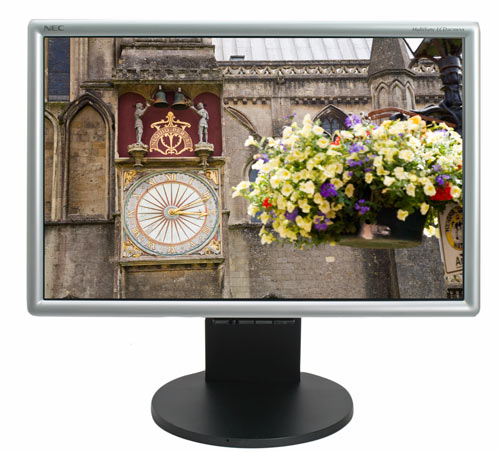Displays: More is more

Display manufacturer NEC has released a report on monitor size and its relationship to productivity. Surprise: There's a positive correlation. Big surprise: for editing tasks (text and spreadsheet) the gains can be as much as fifty percent.
"Fifty percent"? Brighter screens, faster processors, ergonomic seating, better lighting, chair massages, "power" naps--all the things that are supposed to make us more productive--can't (apparently) hold a candle to the large display. And it makes intuitive sense: Having documents spread expansively around your screen is clearly much better than stacking your applications and hopping promiscuously from one to another.
Before we start agitating for desktop wide-screen TVs, however, it's important to note the report's peculiar section on PowerPoint. What's peculiar is that there is no section on PowerPoint. This is an unfortunate omission. The corporate world spends much of its time copying (or, occasionally, creating) decks, and if we could copy 50 percent faster (or, equivalently, 100 percent better), the business case for large monitors would be unassailable.
Another fly in the ointment: Today, large screens are strictly for stationary workers--the chiropractor visits would negate any productivity gains for itinerant laborers. That may not always be true. Flexible, roll-up screens (which have been just around the corner for 20 years now) may one day bring these benefits to the mobile workforce.
We're not talking about a lot of money, either. A 24" NEC flat panel display (it seems fair to use NEC as a benchmark since they funded the study) will set you back a mere $500. Even assuming a conservative productivity improvement, such an investment would probably pay for itself in less than a month.
Now, it's tempting to cast aspersions on NEC's objectivity in this matter. And that's clearly something to wonder about. But, fortunately, running this sort of test is inexpensive--others will do it. I expect we'll know pretty shortly whether NEC's conclusions hold up. In the meantime, I live for Alt-Tab.
